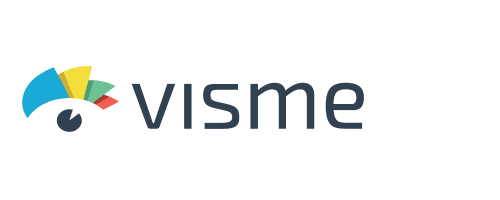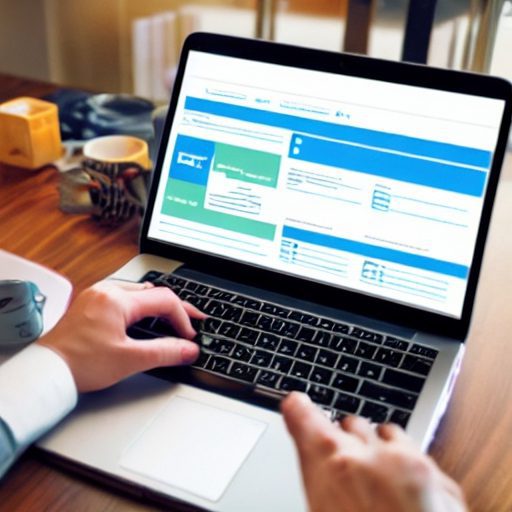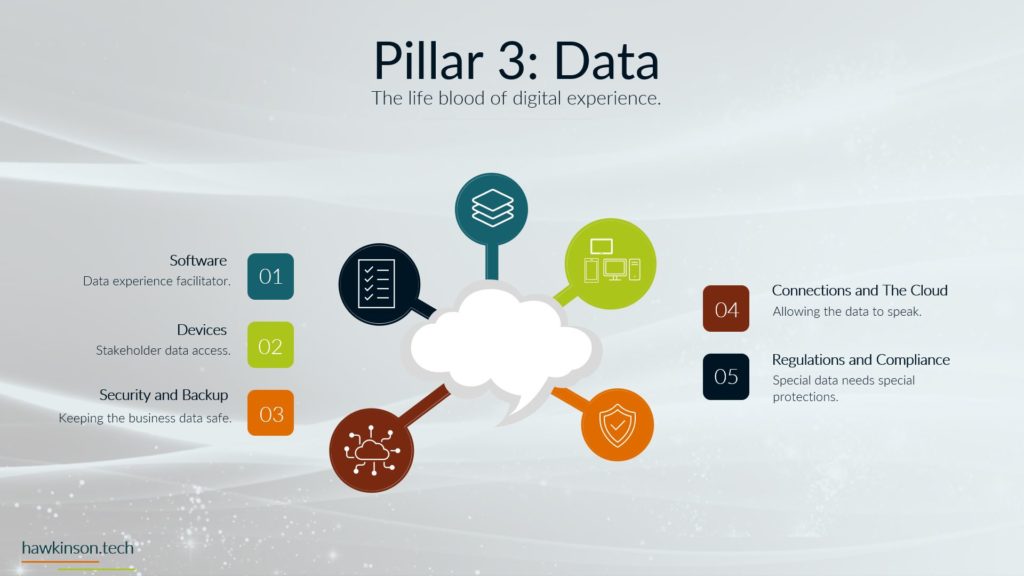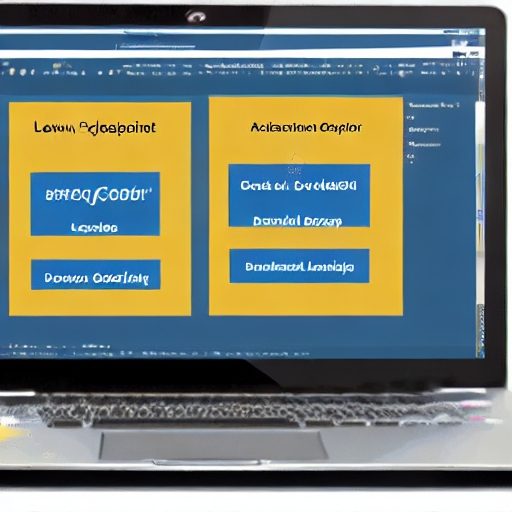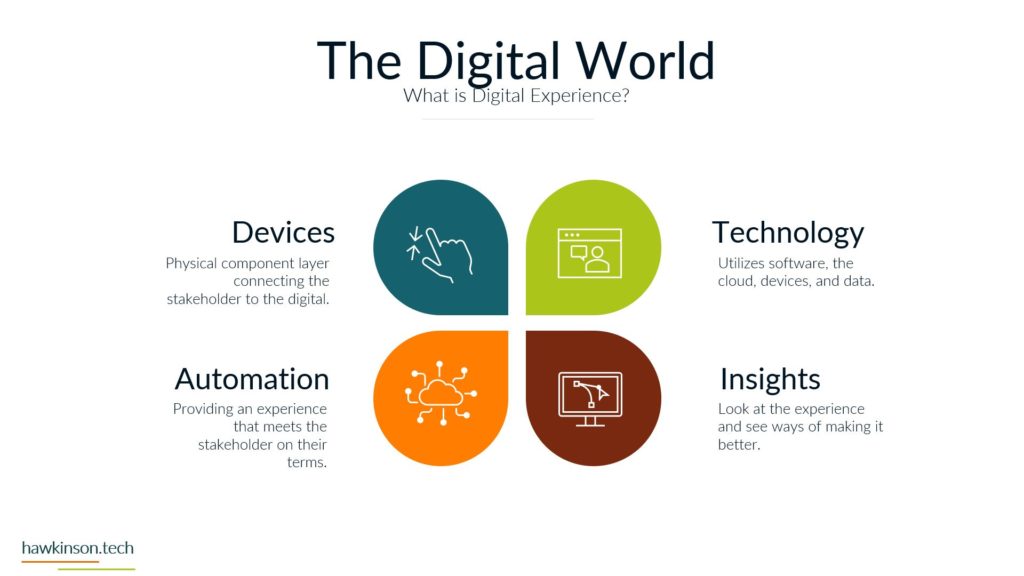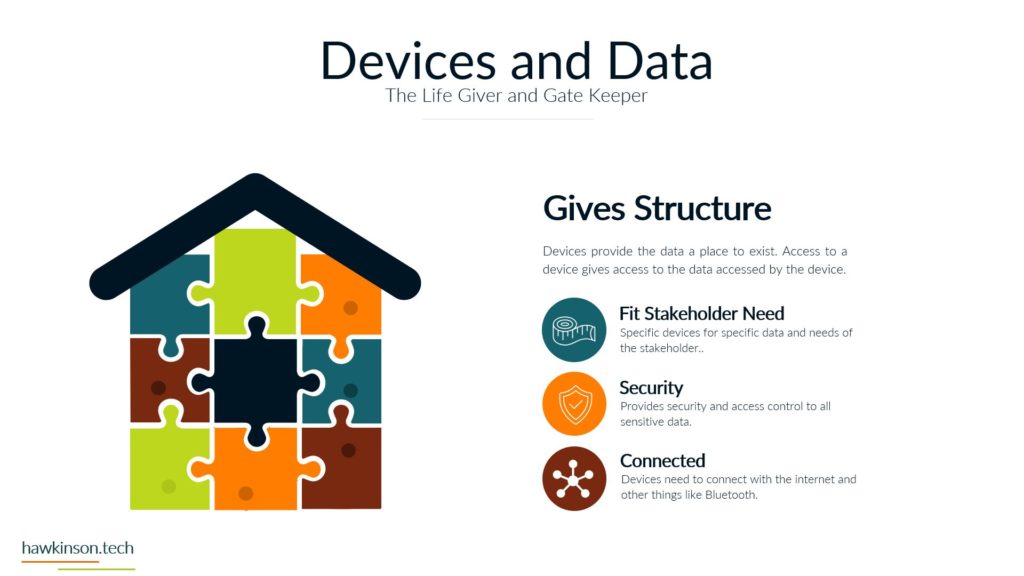Visme Graph Maker is a popular online design tool for creating engaging visuals, such as infographics, presentations, and social media graphics. It provides various features that help users easily create stunning designs.
Key ActiveCampaign Features
Various Charts
VismeChart offers various chart types: bar, line, pie, doughnut, area, scatter, bubble, and radar charts. This variety allows users to choose the best chart for effectively presenting their data.
Data Import
Users can easily import data into Visme Graph Maker from different sources, such as Excel, Google Sheets, or by manually entering values. This simplifies the process of creating charts with accurate and up-to-date data.
Customization
Visme Graph Maker provides extensive customization options for charts, enabling users to modify colors, fonts, axis labels, and more to match their design and branding preferences.
Interactive Charts
Visme Graph Maker allows users to create interactive charts with tooltips, pop-ups, and animations, making it easier for viewers to understand and engage with the data presented.
Other Features
- Map visualization
- Data widgets
- Templates
- Customer support
- Flow chart
- Social scheduler
- Presenter studio
- Good cost point
